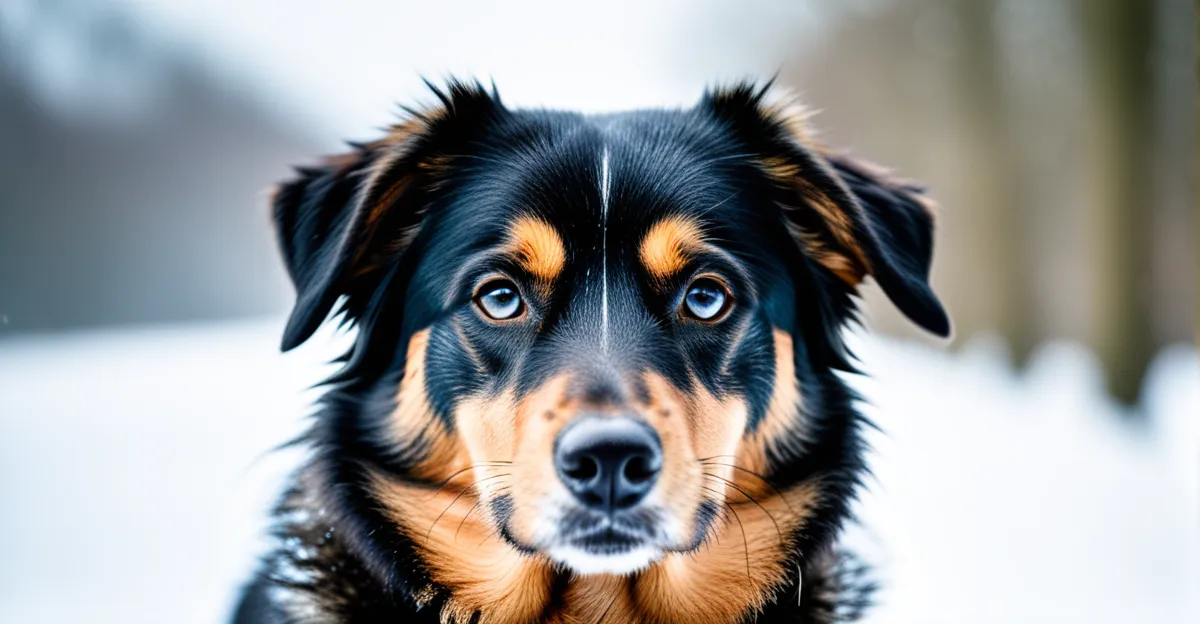Essential Winter Hazards for Pets in the UK
Winter brings several pet winter dangers UK owners must heed to keep their animals safe. Prolonged exposure to cold weather risks for pets such as frostbite and hypothermia is a primary concern. Temperatures dropping below freezing can dangerously lower a pet’s body temperature, especially for smaller or short-haired breeds. Ice and snow increase slipping risks, potentially causing injuries. Another critical threat is antifreeze poisoning, a common hazard in wetter months. Antifreeze contains ethylene glycol, which is highly toxic and can be fatal even in small amounts.
Unique winter hazards for animals in the UK include early darkness. Reduced daylight hours limit safe outdoor activity times and increase accident risks if pets are not properly visible. Wet weather also leads to damp fur and chilled pets, weakening their resistance to illness. The use of salt and chemicals on pavements presents further dangers, as residues can irritate paws and be ingested during grooming.
Also to discover : How Can You Ensure Your UK Pet is Legally Protected?
Recognising vulnerable pets helps prevent accidents. Elderly, young, or thin-coated animals are at higher risk from cold and slippery conditions. Owners should monitor these pets closely and limit outdoor exposure during severe conditions. Understanding these hazards is essential for effective winter pet care in the UK.
Protective Measures for Outdoor Pet Safety
Outdoor pets face significant challenges from pet winter dangers UK owners must address to ensure safety. Dressing pets in appropriate dog coats for winter UK is crucial. These coats provide insulation against the cold weather risks for pets, especially for short-haired or elderly dogs vulnerable to chills. Coats with waterproof material add extra protection from damp UK conditions, preventing fur from becoming wet and cold.
Topic to read : How Can UK Pet Owners Reduce Their Pet’s Carbon Pawprint?
Visibility is another major concern due to early darkness and poor weather. Using pet visibility gear such as reflective leads and collars significantly reduces accident risks by making pets easily seen by drivers and cyclists. This is vital during evening walks or in foggy conditions.
Post-walk care is equally important. Checking a pet’s paws after being outside helps prevent injuries from ice, salt, and other irritants. Salt used on pavements can cause soreness or even toxins if ingested during grooming. Removing salt residues and inspecting for cuts or cracks ensures your pet’s feet stay healthy through harsh winters.
By combining warm clothing, visibility tools, and thorough paw care, owners can effectively guard their pets against common and unique winter hazards for animals in the UK.







